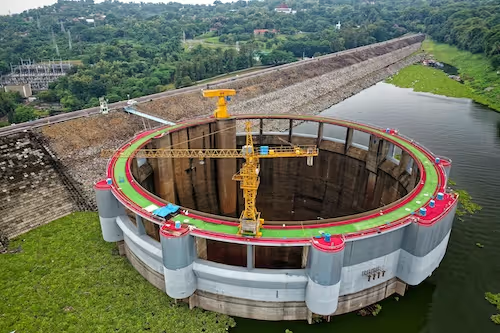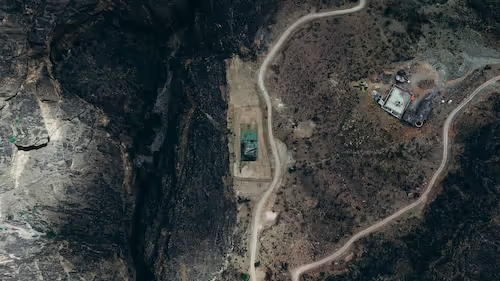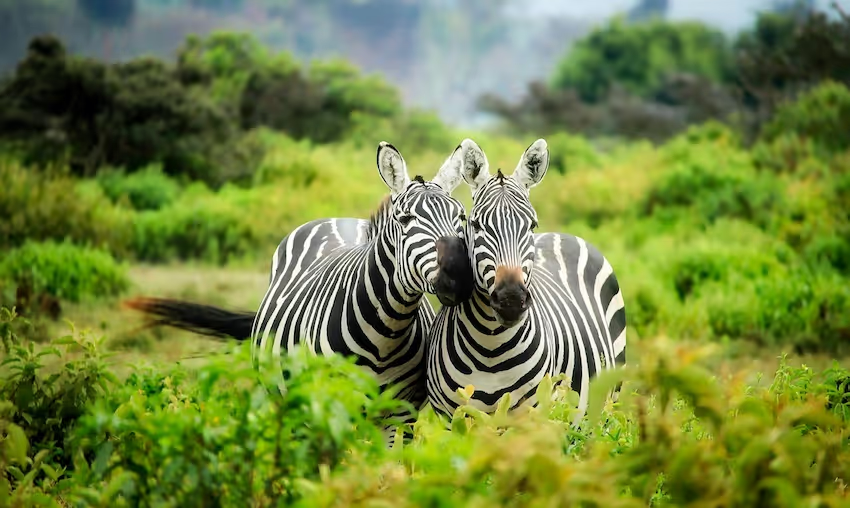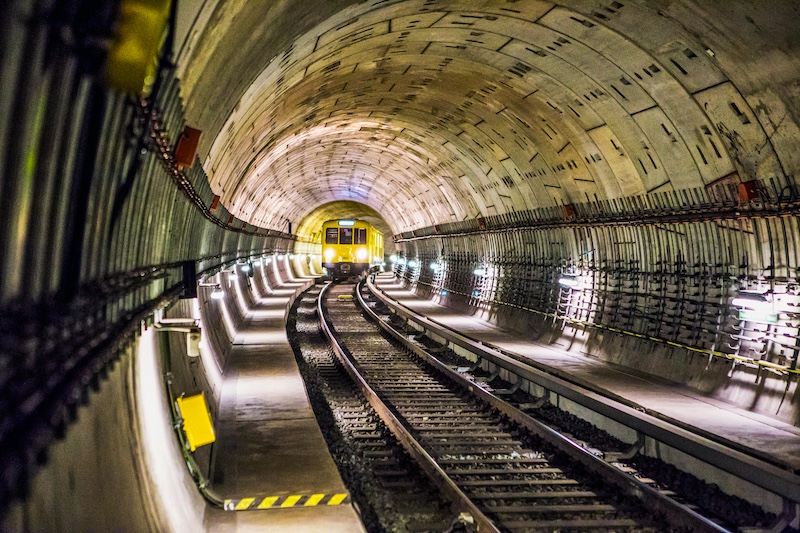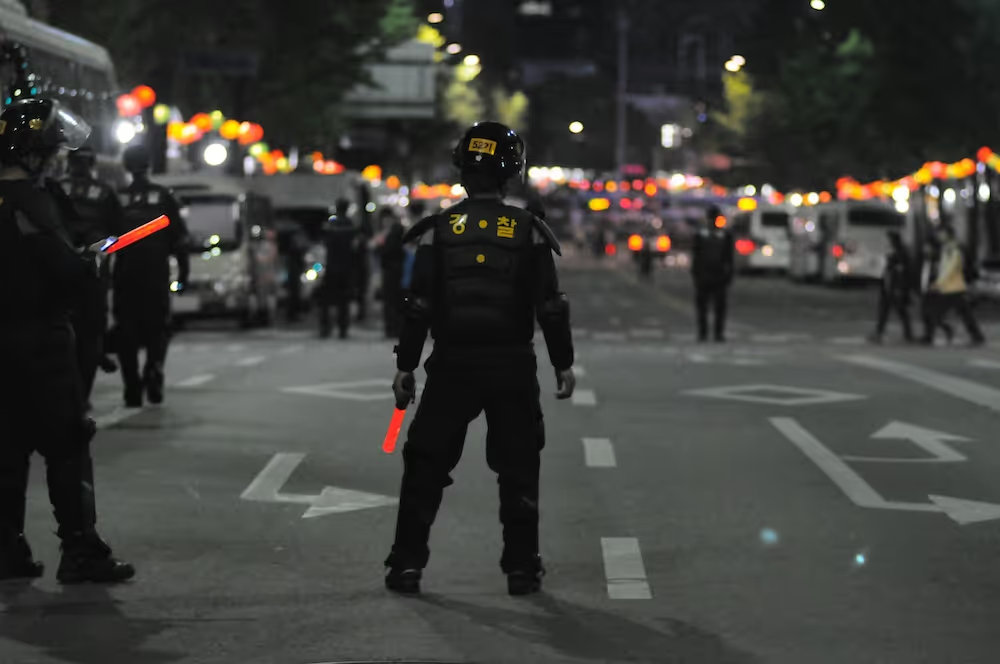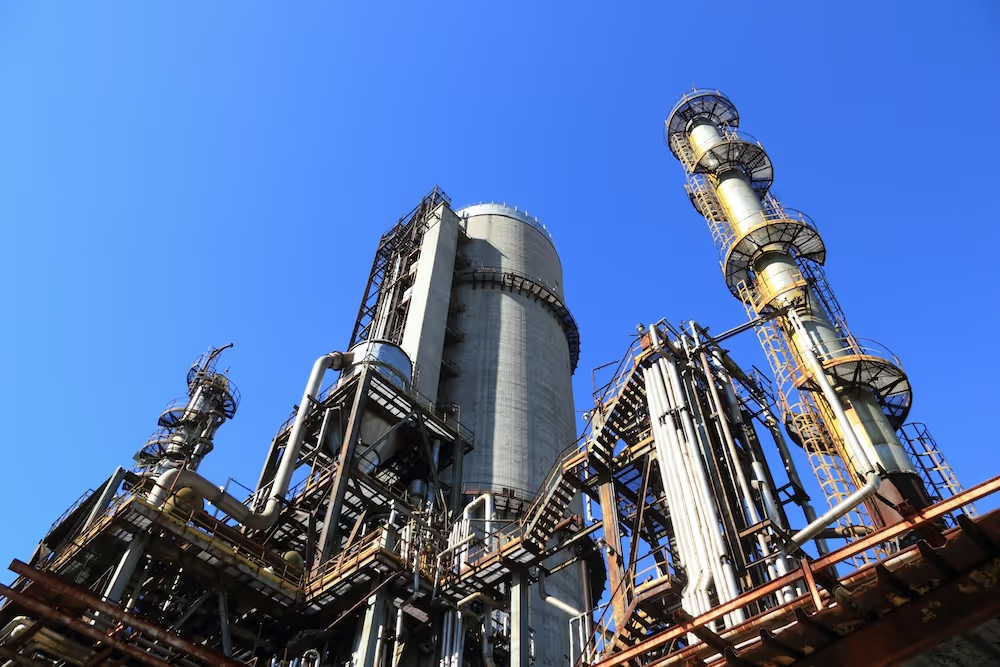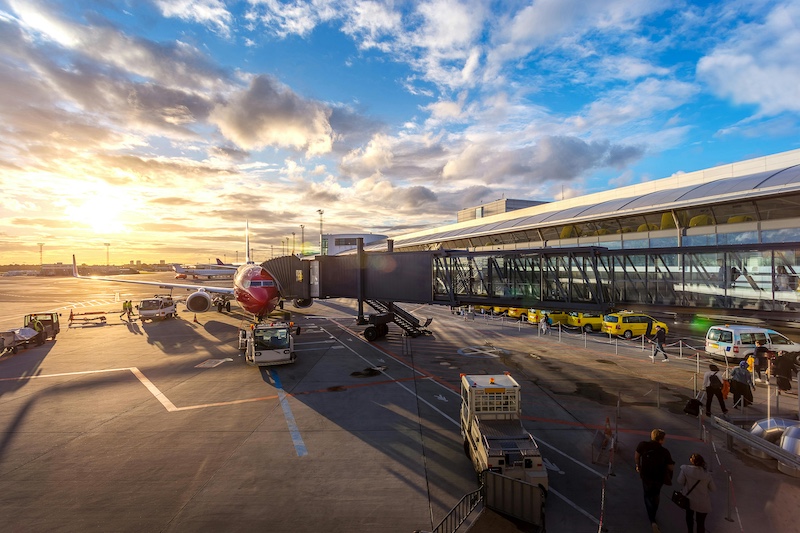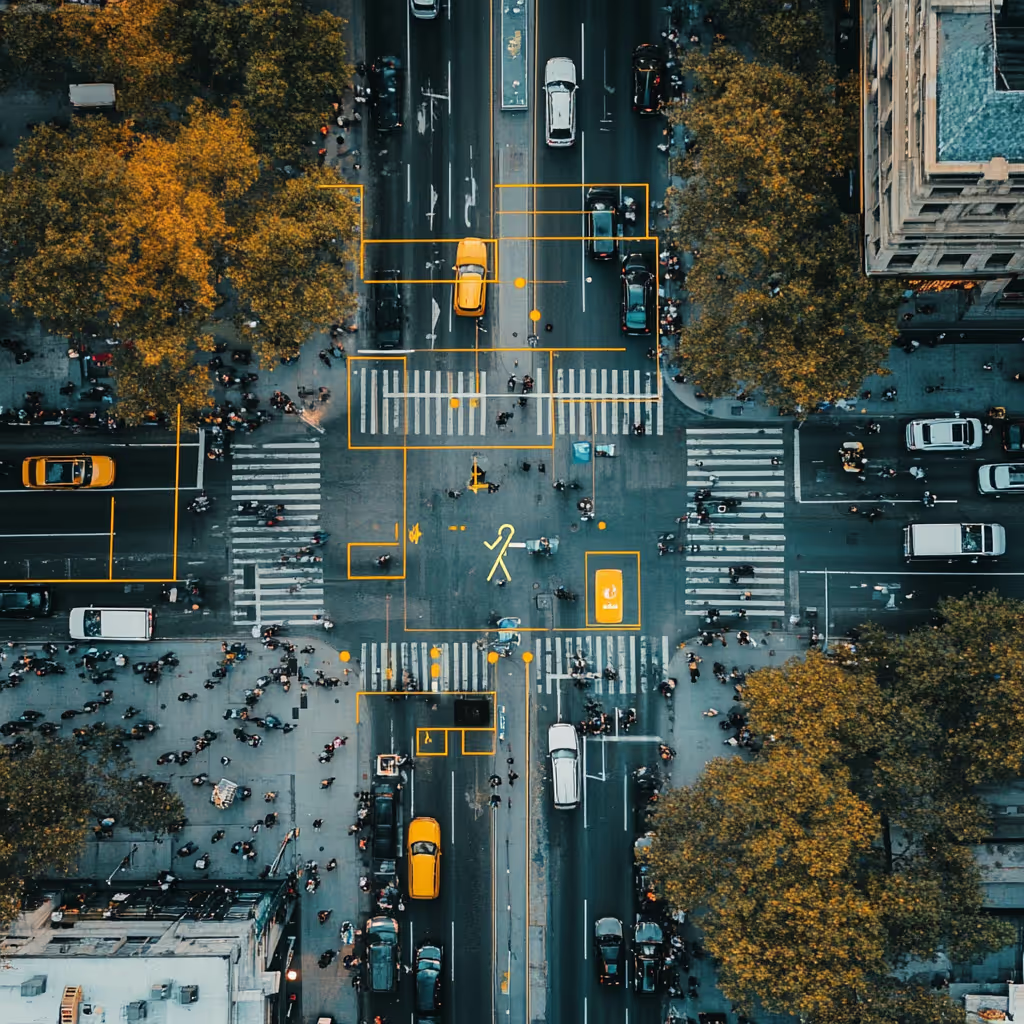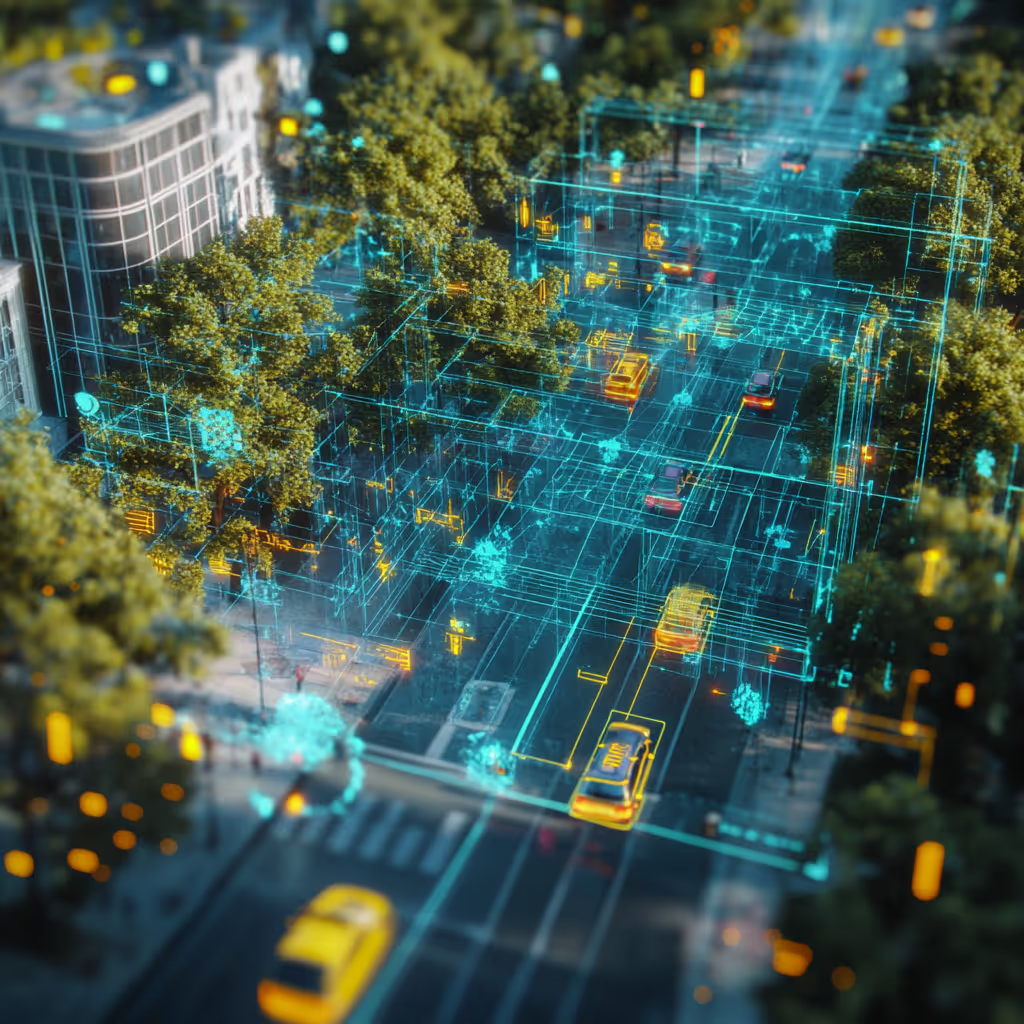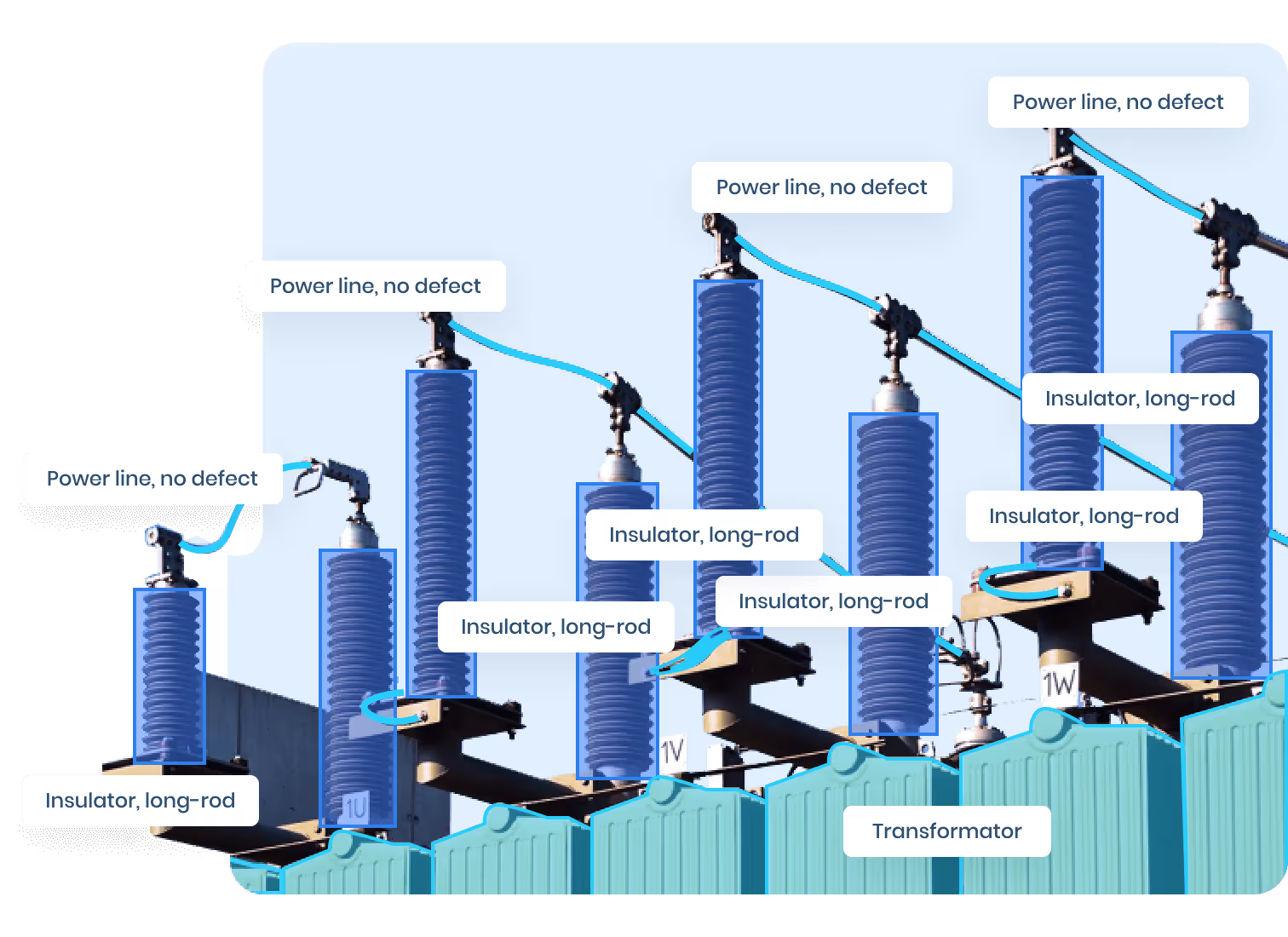Why Bird Strikes Are Still a Major Challenge
Despite advances in aircraft engineering and airfield management, bird strikes remain an unresolved problem:
- Over 16,000 bird strikes are reported annually in the U.S. alone, according to the FAA.
- Most collisions happen during takeoff or landing, when aircraft are at low altitudes and most vulnerable.
- They can cause engine failures, windshield cracks, and significant delays.
- The 2009 “Miracle on the Hudson” was caused by a bird strike, underlining the real-life stakes.
Traditionally, bird strike prevention relies on:
- Radar systems, which often lack resolution for small birds.
- Human observation, which is subjective and inconsistent.
- Deterrent systems like pyrotechnics or sound cannons, which offer mixed results.
Clearly, there’s room for innovation—and that’s where AI and computer vision step in.
AI’s Role in Predicting and Preventing Bird Strikes
AI, particularly deep learning, brings new capabilities to bird strike prevention:
- Real-time detection: Identifying birds in airport environments using cameras and image recognition.
- Flight path prediction: Forecasting bird movement patterns using historical and environmental data.
- Risk scoring: Estimating the likelihood of a strike at specific locations or times.
- Decision support: Alerting air traffic controllers or pilots when birds are in the vicinity.
These functionalities are only possible when the AI models are trained on robust, high-quality data. That’s where annotated imagery comes in.
🧠 The Foundation: Annotated Visual Data
Machine learning models can’t learn what they can’t see. Annotated datasets are the eyes through which AI understands the world. For bird strike prevention, this often includes:
- Image sequences of bird flight paths, annotated with species, number, and trajectory.
- Aerial and runway surveillance footage, with bounding boxes over birds.
- Multispectral images, to help detect birds in low-light or foggy conditions.
- Temporal Video Annotations, showing bird behavior across frames.
By labeling not just the presence of birds, but their context, motion, and interaction with aircraft, AI systems can develop nuanced, predictive models of risk.
What Makes Bird Annotation So Complex?
Not all birds are equal in risk—and not all are easy to annotate. Here’s why this task is challenging:
Motion Blur and Speed
Birds move quickly, especially near runways. Annotating blurred or partially visible birds requires highly trained annotators and often frame-by-frame video review.
Species-Specific Risk
A single Canada goose can do more damage than a dozen sparrows. Annotating for species and size enables models to assign correct strike risk levels.
Camouflage and Environment
Birds often blend into the sky or landscape, especially in cloudy or dim conditions. Annotators need to differentiate birds from clouds, planes, or even drones.
Group Behavior
Bird flocks present unique challenges—annotators must identify the approximate number of birds, flight formation, and potential spread patterns.
From Raw Footage to Insight: How Annotation Enables AI Training
Step 1: Data Collection
Airports, drones, and wildlife monitoring stations collect thousands of hours of footage. Sources can include:
- Fixed airport cameras
- Drone patrols
- Satellite imagery
- Bird monitoring radars with video overlays
Step 2: Annotation at Scale
Specialized teams use annotation platforms to label each frame:
- Drawing bounding boxes or segmentation masks over birds
- Adding metadata like species, altitude, direction, flock size
- Categorizing risk levels based on flight path and proximity
Annotation platforms like CVAT or commercial services such as DataVLab ensure accuracy, consistency, and scalability.
Step 3: Training the AI Model
Once annotated, data is fed into models like YOLOv8 or EfficientNet, which learn to detect and classify birds. Depending on the goal, the model may be trained for:
- Real-time detection (object detection)
- Predictive behavior modeling (time-series prediction)
- Multispectral classification (e.g. infrared bird detection at night)
Step 4: Real-World Deployment
Trained AI models are deployed across:
- Airport surveillance systems
- Pilot-assist cockpit displays
- ATC alert dashboards
- Autonomous deterrent systems
🔍 Use Case: Real-Time Bird Detection at Major Airports
Airports like Amsterdam Schiphol and Singapore Changi have piloted AI-driven bird detection systems using thermal imaging and real-time object detection algorithms.
These systems combine:
- High-frame-rate cameras mounted around the runway
- AI models trained on annotated bird flight data
- Environmental sensors (wind, temperature, time of day)
When birds are detected, alerts are sent to airport wildlife managers and air traffic control. In some systems, automated bird deterrents are triggered—such as laser flashes or drones—to redirect the birds.
The result?
- Faster reaction times
- Reduced false alarms
- Better understanding of seasonal bird behavior
🐦 Modeling Bird Flight Behavior with AI
Detection is just the beginning. Prediction is the goal.
With enough annotated sequences over time, AI can learn:
- Flight trajectory patterns
- Species-specific activity at certain hours
- Migratory behavior based on weather patterns
- Flock behavior dynamics near runways
By building time-series datasets from annotated video footage, developers can use algorithms like LSTM or Transformer networks to forecast bird activity—and proactively delay takeoffs, reroute flights, or increase bird control operations.
Integrating AI into Existing Airport Systems
Adding AI for bird strike prevention doesn’t mean replacing existing infrastructure—it means augmenting it.
Here’s how AI can be layered on top of current tools:
Existing SystemAI EnhancementRadar bird detectionAdd visual classification to reduce false positivesWildlife observersSupplement with computer vision and predictive alertsDeterrent systemsTriggered autonomously based on real-time detectionFlight planningIntegrate bird risk maps from AI models
Modern air traffic control centers are increasingly open to AI integration, provided it’s explainable, accurate, and complements—not complicates—operations.
Ethical Considerations: Balancing Safety and Wildlife Protection
AI-powered bird strike prevention also raises questions of ethics and ecology:
- Should birds be forcibly deterred from habitats they've occupied for centuries?
- Could AI be used not only to avoid birds, but also to help protect endangered species near airports?
- How can we minimize harm while maximizing safety?
Some airports are using AI to monitor nesting behavior and adjust schedules to avoid disrupting seasonal migration. Others partner with environmental scientists to ensure AI recommendations balance air safety with ecological integrity.
🔧 Challenges in Building Robust Bird Strike Prediction Models
While the potential is vast, building and deploying AI systems for bird strike prevention comes with real obstacles—both technical and operational.
🔍 Data-Related Challenges
- Sparse Datasets: Despite the growing number of bird strike reports, video or image data of actual near-strike events is rare. Most datasets must be synthesized or built from long-term observation footage.
- Geographic and Seasonal Gaps: Many existing datasets focus on North American or European airports. This makes it hard to build globally robust models, especially in tropical, coastal, or desert regions where bird species and behaviors vary.
- Labeling Inconsistencies: Manual annotation of birds is highly subjective—especially in large flocks or distant shots. Even small inconsistencies can degrade model performance.
- Data Privacy at Airports: Capturing visual footage at and around runways can introduce concerns over operational privacy, especially in defense or national security contexts. Annotation workflows must respect these boundaries.
🧠 Model Training and Deployment Hurdles
- Tiny, Fast-Moving Objects: Birds can appear in as little as a few pixels per frame, especially at high altitudes or speeds. This challenges standard object detection models that typically focus on larger, slower-moving items like vehicles or humans.
- Real-Time Requirements: Airport safety decisions require low-latency inference. AI models must work at the edge—on-device or on-premise—limiting model size and increasing the need for compression or optimization.
- Multispectral and Night Vision Integration: Birds don’t stop flying when the sun sets. Developing models that operate under IR or thermal imaging conditions requires new architectures and specialized datasets.
- Weather Conditions: Rain, fog, glare, and snow can all degrade image quality and reduce model accuracy. Annotation under these conditions is even more difficult, but crucial to building robust models.
🚦Operational and Human Factors
- Integration with Legacy Systems: Many airports still use analog or outdated digital systems. Seamless integration of AI into air traffic control workflows or pilot alert systems can require significant backend adaptation.
- False Positives and Alarm Fatigue: AI systems that generate too many incorrect alerts—mistaking plastic bags or birds far from the flight path as risks—can lead to operator desensitization, rendering the system ineffective.
- Regulatory Approvals and Aviation Standards: Any AI-driven safety system introduced in aviation must comply with strict certifications, which often lag behind emerging technologies.
- Cost of Implementation: From hardware installation to cloud infrastructure and continuous model retraining, implementing bird strike AI solutions requires long-term budgeting and cross-stakeholder coordination.
🚀 What the Future Looks Like: Autonomous Bird Strike Prevention
Looking ahead, we can expect more autonomous and proactive systems:
- Smart cameras that detect and classify birds without human oversight
- Predictive heatmaps that show bird activity zones in real time
- AI-controlled drones that gently escort flocks away from danger zones
- Global annotated bird behavior datasets, used collaboratively across airports
Such systems won’t eliminate bird strikes entirely—but they can reduce frequency, severity, and surprise.
Who Benefits from AI Bird Strike Solutions?
AI-enabled bird strike prevention doesn’t just improve detection—it transforms how airports, airlines, and wildlife groups operate. Below are the multifaceted benefits that make this technology worth the investment.
✈️ For Airlines
- Reduced Aircraft Downtime: Each bird strike can require post-incident inspections, engine removals, or full aircraft grounding. AI-based early warning systems help avoid these disruptions, keeping aircraft operational and reducing unplanned maintenance costs.
- Lower Operational Costs: From repair expenses to rebooking passengers and refunding delays, bird strikes are expensive. Predictive AI helps airlines avoid these cascading costs by steering aircraft away from high-risk situations.
- Improved Passenger Safety and Confidence: Minimizing bird strike incidents enhances safety records, directly influencing customer trust and airline brand reputation. Passengers feel more secure when they know cutting-edge tech is safeguarding their journey.
- Real-Time Decision Support: With instant alerts and risk assessments based on live data, pilots and operations teams can make better-informed decisions on takeoff sequencing, altitude selection, or temporary delays.
🛫 For Airports
- Smarter Wildlife Management: AI provides granular insights into when, where, and why birds gather near runways. This allows airports to focus deterrent strategies in a data-driven way—saving time, effort, and resources.
- Regulatory Compliance Made Easier: Many civil aviation authorities require wildlife hazard management programs. AI systems can document every detection, action, and outcome, simplifying compliance and audits.
- Operational Efficiency: Instead of deploying constant human patrols or blanket deterrents, AI systems enable targeted interventions, reducing waste while boosting efficacy.
- Reduced Insurance Premiums and Liability Exposure: Insurers recognize the value of AI-driven safety systems. Airports that implement predictive tools can often negotiate more favorable coverage terms.
🌿 For Wildlife and Environmental Agencies
- Protecting Migratory Species: Rather than reacting to birds as threats, AI can help identify key migratory paths and suggest operational adjustments that preserve ecological balance.
- Ethical Deterrence: AI-powered deterrents, such as drones or smart lasers, can be precisely activated to minimize unnecessary bird harassment and reduce long-term stress on animal populations.
- Collaborative Biodiversity Monitoring: Annotated datasets can be shared with environmental researchers to track population health, nesting patterns, and migratory shifts due to climate change.
💡 For Tech Developers and Data Science Teams
- New Use Cases for Computer Vision: Bird strike prevention is a complex, high-impact challenge—perfect for pushing the boundaries of real-time object detection, behavior modeling, and edge AI deployment.
- Partnership Opportunities: Airports, defense agencies, and NGOs all represent potential clients or collaborators. Successful solutions can also be adapted for drone detection, wildlife conservation, or airspace traffic prediction.
- Contribution to Safer, Sustainable Aviation: Building and deploying these systems offers the rare chance to work on AI that directly improves human safety, animal welfare, and climate-aligned aviation.
🧩 How to Get Started: Collaborating on Annotated Bird Data Projects
Organizations looking to reduce bird strikes with AI should begin by:
- Collecting visual data at runways and surrounding habitats
- Partnering with annotation providers experienced in aerial and wildlife datasets
- Designing a bird taxonomy specific to local species and risk factors
- Piloting models on archived footage before real-time deployment
Platforms like FiftyOne, CVAT, and custom annotation pipelines can be used for dataset visualization, QA, and iteration. Alternatively, full-service firms like DataVLab offer dataset development, annotation QA, and model training support tailored to wildlife and aviation contexts.
✨ Let’s Make the Skies Safer—Together
Bird strikes are preventable. With the right combination of AI and annotated data, we can move from reacting to predicting—and eventually preventing collisions before they ever happen. Whether you’re managing an airport, running a research lab, or leading a conservation initiative, you have a role to play in building smarter, safer skies.
👉 Ready to launch your bird strike prevention initiative? Let’s co-create your dataset, train your AI, and test your model where it matters. Talk to the experts at DataVLab and turn bird risk into AI-powered readiness.
📌 Related: AI Use Cases in Aerospace: From Aircraft Inspection to Navigation Systems



